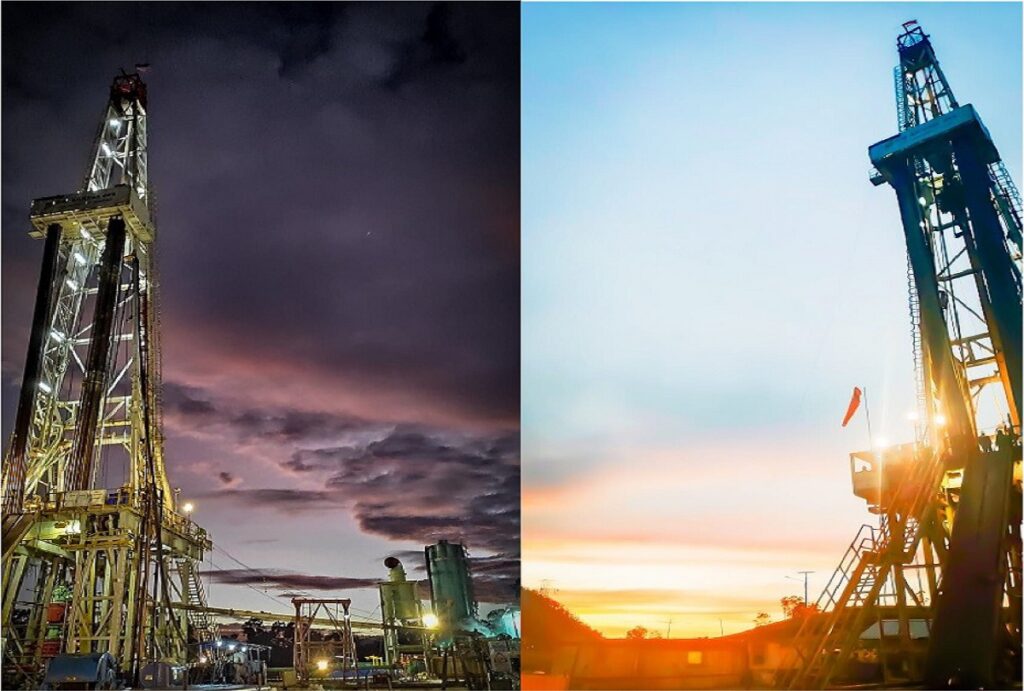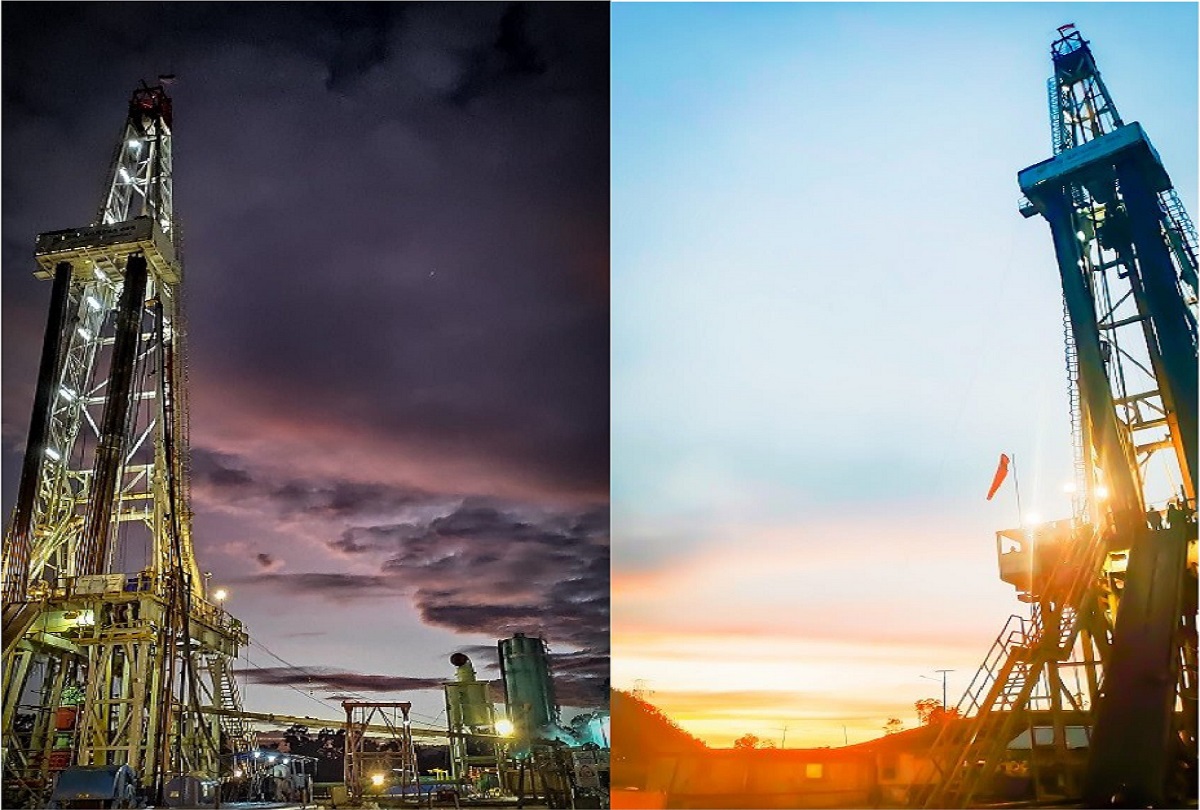
Geothermal drilling rigs are essential for renewable energy because they enable the extraction of geothermal energy, a sustainable and reliable energy source derived from the Earth’s internal heat. Here are several key reasons why these rigs are crucial:
Access to Geothermal Resources
Geothermal energy is stored beneath the Earth’s surface in the form of heat. To harness this energy, drilling rigs are needed to access geothermal reservoirs located deep underground, sometimes several kilometers below the surface. Without geothermal drilling rigs, it would be impossible to reach these heat sources. That’s why it is necessary to use special equipment, furnished by renowned companies such as UPET, a leader in construction of mobile drilling rigs, with relevant experience and international activity.
The drilling process involves creating a well with steel casings and cement to prevent collapse and protect against contamination of groundwater. The well is designed to withstand high temperatures and pressures found in geothermal reservoirs.In regions without natural hydrothermal systems, drilling can be used to create Enhanced Geothermal Systems (EGS). This involves drilling deep into hot, dry rock and injecting water to create artificial reservoirs that can be used to extract heat.
Sustainable Energy Production
Unlike solar and wind energy, which are intermittent and depend on weather conditions, geothermal energy provides a continuous, baseload power supply. Once a geothermal plant is operational, it can generate electricity 24/7, making it a stable and reliable energy source. Geothermal power plants typically have a high capacity factor, meaning they can operate close to their maximum output for most of the time. This ensures a steady supply of energy, which is crucial for meeting consistent demand.
Geothermal energy production results in very low greenhouse gas emissions compared to fossil fuels. The primary emissions are water vapor, with negligible amounts of CO2 and other gasses. This makes geothermal energy a crucial part of reducing the overall carbon footprint of energy production. Geothermal power plants require relatively small land areas compared to other renewable energy sources like wind or solar farms. This minimizes the impact on the surrounding environment and allows for the preservation of natural habitats and landscapes.
Long-Term Cost Efficiency
Despite the high initial costs, geothermal wells can produce energy for decades—often between 30 to 50 years or more—without major additional investments. This long operational life spreads the initial costs over a prolonged period, making the overall cost per unit of energy very competitive over time. Unlike fossil fuel plants, geothermal energy does not require fuel purchases, as it relies on the Earth’s internal heat. This eliminates the costs associated with fuel extraction, transportation, and market price volatility, resulting in significant long-term savings.
Once operational, geothermal plants have low operating and maintenance (O&M) costs compared to other energy sources. The absence of a fuel supply chain and the durability of geothermal wells contribute to stable and predictable O&M expenses. Geothermal plants typically operate at a high capacity factor, often exceeding 90%. This means that they produce electricity close to their maximum potential most of the time, ensuring a high return on investment and cost efficiency over the plant’s lifespan.
Versatility for different types of renewable energy
Geothermal drilling is a versatile technology that can be adapted to various types of renewable energy applications, making it a valuable tool in the broader context of sustainable energy production. The most common use of geothermal drilling is in the development of geothermal power plants. These plants convert the Earth’s heat into electricity by drilling wells into geothermal reservoirs to access steam or hot water, which is then used to drive turbines connected to generators.
Geothermal energy can be directly used in various industrial processes, such as drying, pasteurization, and even in the extraction of minerals. The versatility of geothermal drilling allows industries to tap into geothermal resources to reduce their reliance on fossil fuels. In agriculture, geothermal drilling provides heat for greenhouses, soil warming, and aquaculture. This direct use of geothermal energy helps increase productivity while reducing energy costs and carbon footprints.
Also, geothermal drilling can be integrated into hybrid systems combining geothermal with other renewable energy sources such as solar or biomass. For example, a hybrid system might use solar energy during the day and geothermal energy at night, ensuring a consistent energy supply. By developing geothermal resources, countries can reduce their dependence on imported fossil fuels. Drilling rigs play a critical role in unlocking domestic geothermal resources, contributing to energy security and independence.
Modern geothermal drilling rigs are designed to be more efficient, safer, and capable of reaching greater depths. These advancements make it possible to access geothermal resources in areas previously considered unviable, expanding the potential for geothermal energy production worldwide. Geothermal drilling rigs are essential for unlocking the vast potential of geothermal energy, a key component in the global transition to renewable energy sources.











